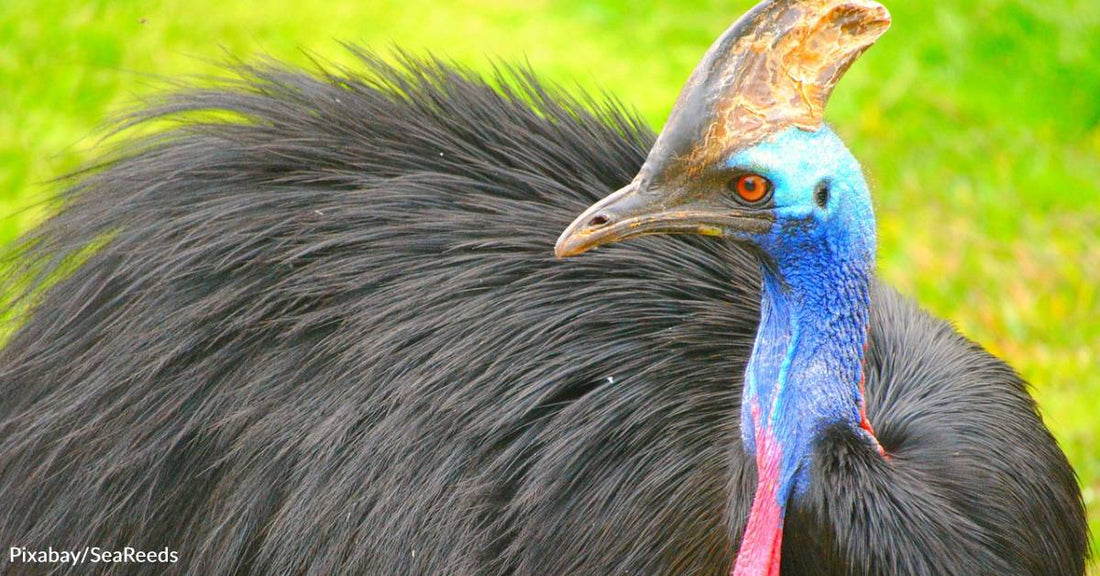How Did Some Birds Lose the Ability to Fly? Evolution's Mysterious Ways
Rebecca West
Have you ever wondered why certain birds can't fly? They have wings and feathers, after all, so what gives? It's the same reason we walk upright, sharks replace their teeth, certain creatures regrow limbs, and anteaters have long tongues: evolution. A species splits into a number of new forms when a change in the environment makes new resources available or creates new environmental challenges for them.
The Ability to Fly
Evolution doesn't happen overnight, but gradually. Building wings and flying takes a lot of work and energy, and natural selection sorts out the traits or characteristics that are no longer necessary. This happened frequently with birds that settled on islands with few or no land predators.
In this scenario, birds spend less time and energy maintaining wings and building breast strength to escape, so they eventually pass on their shrinking appendages and atrophying muscles to their descendants, which slowly produces flightless species.
Wing Power
So, why do they still have wings? It's a holdover similar to the reason humans retain the gene to grow a full body of hair or the inclusion of an appendix, which we no longer need. It's known as a vestigial organ. Vestigial organs and body parts refer to those that have little or no purpose in humans. They're considered a vestige left over from our ancestors.
5 Characteristics of Evolution
While there are five characteristics of evolution, random variation, heredity, and natural selection are the key mechanisms of it. Because of evolution, there are more than 60 extant species — including the well-known ratites and penguins — of flightless birds in the world today. Cassowaries, ostriches, emus, rheas, kakapos, and kiwis are just a few examples. These grounded avians possess smaller wings and breastbones (which anchor flight muscles), and more feathers than their flying cousins.
From Smallest to Largest
The smallest of the flightless birds is the Inaccessible Island rail, which is just 12.5cm long and weighs only 35g – which is less than a pound. Which is the largest? If you guessed an ostrich, you're correct! An ostrich can stand between 7- and 9-feet tall and weigh up to 320 pounds. There were far larger species roaming the planet at one time but with a lack of fear for predators, zero defenses, and the inability to fly off, humans sadly hunted them to extinction.





